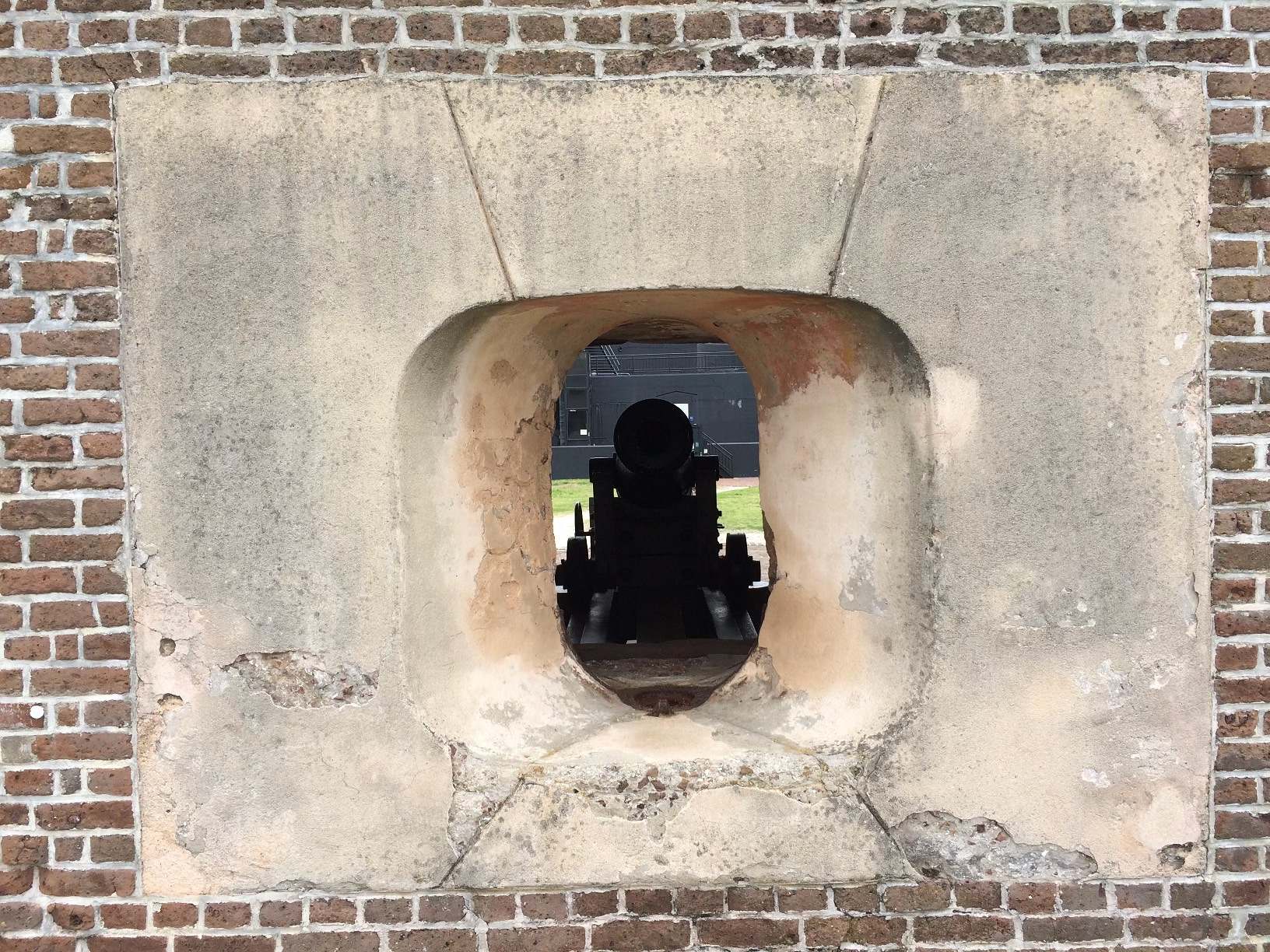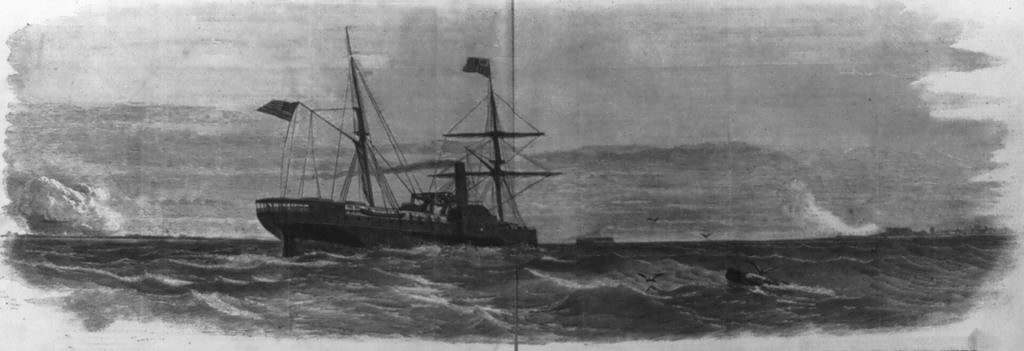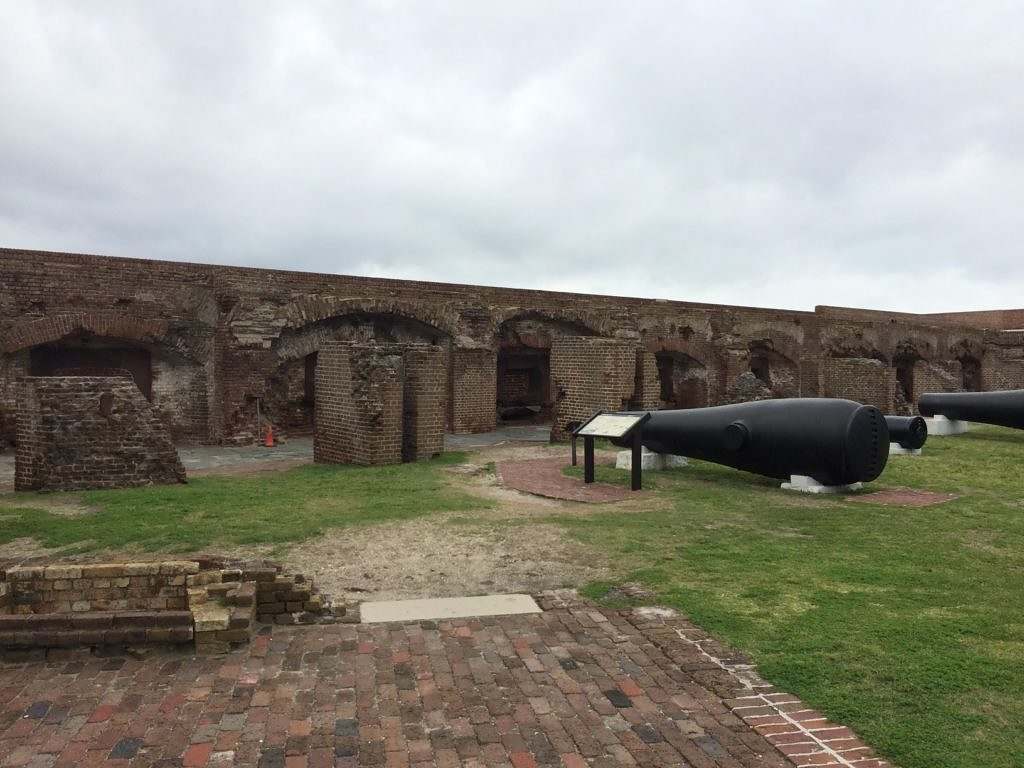|
Getting your Trinity Audio player ready...
|
The history books tell us the Civil War started in Charleston, South Carolina on April 12, 1861. And as happens all too often, the history books got it wrong.
The War Between the States began in Charleston, alright. But the opening shot actually came 93 days sooner than what the textbooks tell us. And of the millions (perhaps billions?) of shots fired during that saddest of all conflicts, the very first one came from a teenager from Sumter, S.C.
South Carolinians were itching for a fight 163 years ago. The crisis that had simmered for decades finally erupted when the state left the Union on December 20, 1860. Having declared itself a sovereign republic, the Palmetto State believed it was entitled to all federal property within its boundaries. That included the imposing, but still not quite completed, Fort Sumter in Charleston Harbor.
Charlestonians were furious when they woke up on Thursday morning, December 27, 1860, to see a massive 20 by 36-foot U.S. garrison flag flying over the fort. Sumter had been empty when they went to bed the night before. But while they slept, major Robert Anderson quietly moved his 87-man command from nearby Fort Moultrie into the three-story brick fortress.
Unionists cheered the brave move – but Anderson now faced a problem. Stuck as he was on a tiny, man-made island in the middle of the harbor, his supplies could only last so long. Time wasn’t on his side.
In Washington, the spectacularly impotent president James Buchanan broke character and briefly displayed a bit of backbone. He ordered the War Department to send Anderson fresh supplies.

***
Soldiers loaded the Star of the West, a privately contracted steamship, then watched as it sailed south from New York City on January 5, 1861. Washington believed using a private vessel would be less provocative to the South Carolinians than sending a regular Navy ship. And Washington was sadly mistaken. For at that very moment, Palmetto troops were busy building fortifications at Charleston to prevent that very thing.
Things went badly for the resupply mission from the start. The Star had just commenced her journey down the Atlantic coast when Secretary of War Joseph Holt got a message from Anderson saying his situation wasn’t as dire as first thought and he wouldn’t need supplies for a while yet. But in that time before radio, there was no way to tell the Star to turn around.
On Wednesday morning, January 9, 1861 someone onboard the General Clinch, a South Carolina patrol boat, spotted black smoke indicating the Star’s approach. Warning flares were sent up, the signal that a Yankee vessel was approaching. The South Carolinians sprang into action.
It should be remembered that John McGowan, the Star’s captain, was unaware of all this. While he knew Charleston was a hotbed of Secessionist sentiment, he wasn’t planning on docking there. McGowan would draw up to the fort, unload his cargo, and hurry back to the Big Apple as fast as his ship’s boilers could carry him. Or so he planned.
Among the South Carolinians readying for action that morning was an artillery battery on Morris Island manned by the South Carolina Military Academy (now The Citadel) Corps of Cadets. Their young hearts pounded as they ran to their guns.
(Click to view)
McGowan steered the Star into the harbor. When she came into range, major Peter Fayssoux Stevens barked the order, “Commence firing!”
With that, 19-year-old George Edward “Tuck” Haynsworth obediently pulled the lanyard, causing Gun Number 1 to belch a powerful blast.
The first shot was fired. And it sailed harmlessly across the Star’s bow. It was a warning intended to make the ship turn around. But McGowan kept coming, and the cannons kept firing. Some shells hit the Star, though none caused serious damage.
Anderson watched nervously from inside Fort Sumter. His heavy artillery could have turned the tide had it opened fire. But he was under strict orders not to bring on a major engagement. All he could do was helplessly scan the scene through his binoculars.
McGowan eventually decided discretion was the better part of valor and did a nautical about-face. The cadets cheered as the Star steamed out of sight. Great was the celebrating in Charleston that night, and Haynsworth was the man of the hour.
“When within range a shot was fired across her bow, and not heeding it, the battery fired directly upon her,” The Charleston Mercury noted in its January 10, 1861 editions. “Fort Moultrie also fired a few shots, and the Star of the West rapidly changed her course and, turning round, steamed out of the range of the guns.”
There would be even more cheering again in April when Fort Sumter surrendered after a two-day bombardment. Yet no one, North or South alike, had the slightest inkling of the nightmare that was about to engulf them.
(Click to view)
And what about the two leading characters in our story? Both met sad ends.
The Star of the West was sent to Texas in April 1861 to evacuate federal infantry. But the hard-luck ship was seized by Confederates and pressed into the service of the South. She did yeoman’s service as a transport and hospital ship for a year. When Union general William Sherman’s troops approached Vicksburg from the rear in December 1862, she was sunk broadside in the Yazoo River to block the waterway. (Her owners later received a cool $175,000 in compensation).
As for Tuck Haynsworth, he completed his military education and was commissioned a lieutenant in the First South Carolina Artillery. After the war, he entered the legal profession and went on to become a highly respected jurist in his hometown of Sumter. He was in the courtroom on December 30, 1887, when an argument erupted during a proceeding. Gunfire rang out. When it was over, Haynsworth lay dead at age 46. A local paper called his killing “the blackest stigma” that ever befell the city.
And so the man whose simple tug of a cannon’s lanyard almost 26 years earlier had set in motion the cataclysm that was the Civil War finally fell himself.
***
ABOUT THE AUTHOR…
J. Mark Powell is an award-winning former TV journalist, government communications veteran, and a political consultant. He is also an author and an avid Civil War enthusiast. Got a tip or a story idea for Mark? Email him at mark@fitsnews.com.
***
WANNA SOUND OFF?
Got something you’d like to say in response to one of our articles? Or an issue you’d like to address proactively? We have an open microphone policy! Submit your letter to the editor (or guest column) via email HERE. Got a tip for a story? CLICK HERE. Got a technical question or a glitch to report? CLICK HERE.





3 comments
Wrong.
The “Civil War” was nothing more than some peaceful tourists engaging in political discourse. There were plenty of hugs and kisses being exchanged between the sides. Everybody knows this.
You left out the part about the lads from the boy’s school on the Ashley’s gunnery. They allegedly managed to strike the Star of the West three times but caused zero damage (probably because they didn’t actually hit her but a single time despite the oft repeated tale from the “historians” at ElCid).
So South Carolinians have always been violent bumpkins who love losing?